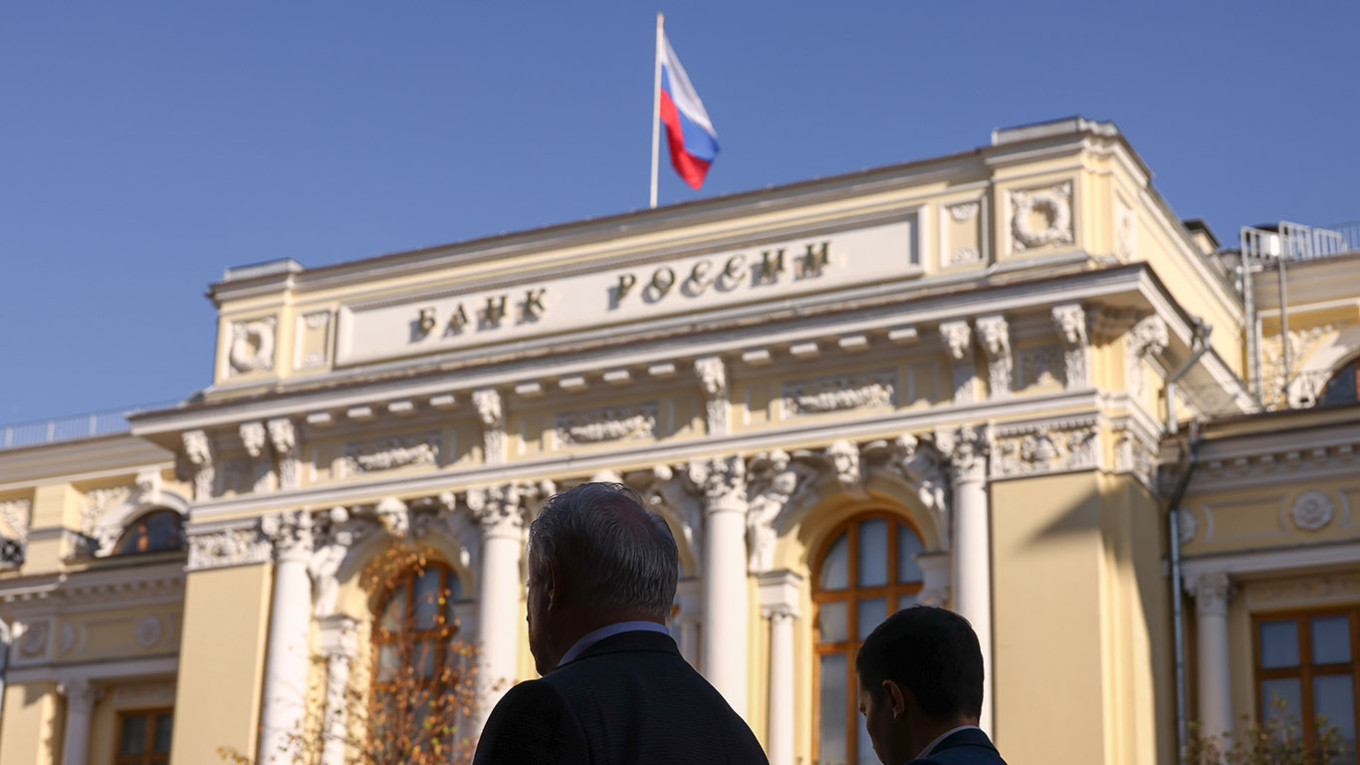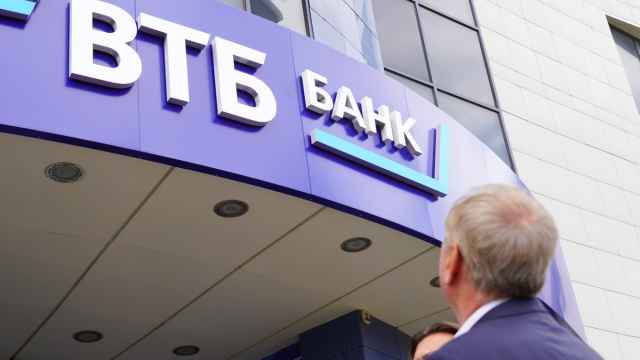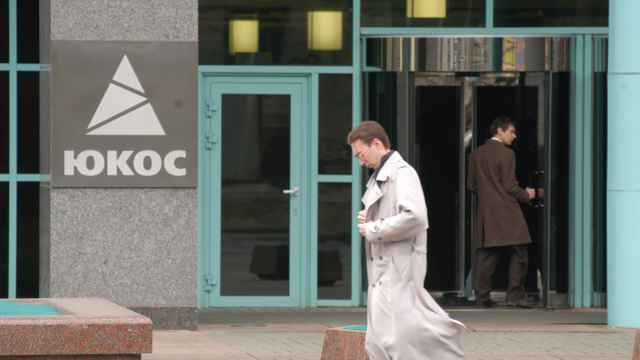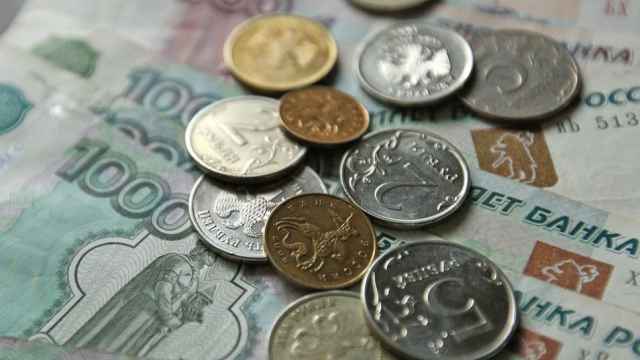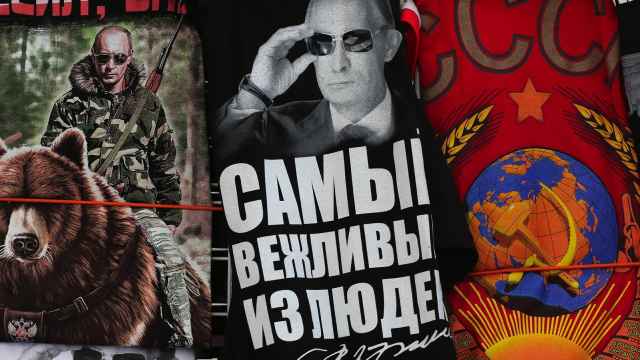For more than three years, Russia’s banking system has defied gravity. Crippled by Western sanctions, cut off from global financial markets and deprived of foreign capital, it has operated in a sealed economic vacuum. But it will not last.
The ruble wobbled but held and the financial system continues to function. This improbable stability has been largely credited to Elvira Nabiullina, the astute technocratic head of the Central Bank.
But illusions do not last forever. The cracks are already forming and a reckoning is unavoidable.
It is not a matter of if there will be a crisis — only how severe it will be. Russia’s banks are increasingly propped up by artificial mechanisms: capital controls, forced lending, government intervention and creative accounting. As sanctions tighten and the war economy deepens, liquidity is thinning, foreign reserves are shrinking and risk is accumulating behind closed doors.
Bloomberg reported on July 17 that at least three of Russia’s largest banks are poised to ask the Central Bank for a bailout as bad loans surge and balance sheets buckle under growing stress. Officially, overdue loans reached 10.5% for households and 4% for businesses in Q1 2025. But insiders say the true picture is far worse.
The Bloomberg report did not name specific institutions but said at least three of Russia’s 13 systemically important banks are seeking bailout talks. With giants like VTB, Alfa, Gazprombank, Raiffeisen and Rosbank fitting that description, even one collapse could trigger a financial crisis. Three would be catastrophic.
Even executives at Kremlin-controlled Sberbank and VTB admit the size of the bad debts is much larger and likely to climb. Bloomberg’s sources within the banks reveal that much of the apparent stability is a façade, propped up by creative accounting and political pressure. “Everything is not as good as it looks on paper,” one insider said.
That reminded me of President Vladimir Putin’s first post-invasion decree, which allowed state entities to cook the books by withholding budget and key commodity data — a Potemkin village illusion that is now beginning to crumble.
Since then, the Central Bank has followed suit, cutting off key financial disclosures, including the structure of international reserves and allowing banks and companies to conceal ownership and management details. Its balance of payments reports are now so delayed and distorted that some analysts have called on the regulator to stop publishing them altogether.
Once reported to have tried to resign when the war began, Nabiullina now finds herself defending a system under overwhelming pressure.
Nabiullina is working hard to project stability amid growing signs of strain. “With full access to the banking system’s data, I can say with complete confidence that fears of a banking crisis are unfounded,” she declared at a financial congress on July 3.
But not everyone is so confident. Putin’s former Economy Minister, German Gref, had sounded the alarm at the St. Petersburg Economic Forum in June, warning that the toxic mix of soaring interest rates and an overvalued ruble is creating “a perfect storm” that could suffocate investment and drag Russia’s economy into long-term decline.
Gref now leads Sberbank, the cornerstone of Russia’s banking system, which controls about half of all deposits and a third of consumer and corporate loans. While Sberbank is likely in a stronger position than many of its peers, it stands to benefit if weaker banks go under and capital flees to more robust harbors.
Yet the financial architecture that once seemed resilient now looks like a fragile shell: brittle, opaque and dangerously overleveraged. The risk of a banking crisis doesn’t hinge on a single event but on the slow, relentless buildup of unsustainable pressure throughout the economy.
Russia’s top construction executive warned on Monday that the industry is heading for a wave of bankruptcies, as sky-high interest rates cripple access to capital. Alexei Krapivin, CEO of construction giant Natsproektstroy, said they are leaving firms unable to service debts or sustain ongoing projects.
Corporate lending in Russia is clearly reaching a breaking point. Over 55% of loans now carry floating rates, and with interest rates staying high far longer than expected, many companies are slipping into pre-default. According to VTB chief Andrei Kostin, some companies are now borrowing solely to pay interest on existing debts. The analytical center CMAKS estimates that 13 major industrial sectors, accounting for 17% of national revenue, are already under severe financial stress.
A new EU sanctions package banning transactions with 22 Russian banks and tightening restrictions on oil exports also adds another layer of pain for a financial sector already creaking under wartime strain.
That pressure comes on top of domestic overheating. Since mid-2023, Russia’s war-fueled economy has overheated, forcing the Central Bank to hold rates at 21% to curb soaring inflation. Nabiullina warned the economy was “racing at full speed.” Now the brakes are hitting hard, with retail lending stalled and corporate borrowing barely moving.
Headline interest rates, which were trimmed to 20% in June, are a ticking time bomb for Russia’s economy. While they help contain inflation and prop up the ruble, they choke the economy by making credit unaffordable.
Households and businesses cannot grow and defaults are rising. Banks are seeing demand for loans collapse while bad debt rises, squeezing profits and eroding capital. With much of the system already distorted by state-directed lending and wartime pressures, high rates are accelerating the rot. The longer they stay elevated, the more they push Russian banks toward a breaking point.
To rein in Putin’s overheated war economy, Nabiullina is keeping interest rates very high, trying to rein in consumer and corporate lending amid soaring military spending that keeps inflation stubbornly high. Economic growth is slowing sharply. While a modest rate cut to 18 or 19% may come on July 25, any premature easing risks fuelling inflation further or destabilizing the already fragile ruble.
It is an almost impossible balancing act. Nabiullina is attempting to land a burning plane on a foggy runway, with limited visibility and many critical controls stuck.
Adding to her worries, a 5% stake in Sovcombank, one of the nation’s top banks, was last week put up for sale on Avito, a popular online marketplace run by a sanctioned billionaire. This unusual and desperate move reflects mounting pressure on the owners. Kommersant valued the stake at roughly 17 billion rubles ($216 million).
That a sizable share in a systemic lender is being hawked on Russia’s version of eBay says it all. As the war economy grinds on, the cracks in Russia’s financial system are no longer easy to paper over. When billion-dollar assets hit the bargain bin, it is clear the foundations of the banking sector are beginning to give way.
A Message from The Moscow Times:
Dear readers,
We are facing unprecedented challenges. Russia's Prosecutor General's Office has designated The Moscow Times as an "undesirable" organization, criminalizing our work and putting our staff at risk of prosecution. This follows our earlier unjust labeling as a "foreign agent."
These actions are direct attempts to silence independent journalism in Russia. The authorities claim our work "discredits the decisions of the Russian leadership." We see things differently: we strive to provide accurate, unbiased reporting on Russia.
We, the journalists of The Moscow Times, refuse to be silenced. But to continue our work, we need your help.
Your support, no matter how small, makes a world of difference. If you can, please support us monthly starting from just $2. It's quick to set up, and every contribution makes a significant impact.
By supporting The Moscow Times, you're defending open, independent journalism in the face of repression. Thank you for standing with us.
Remind me later.



